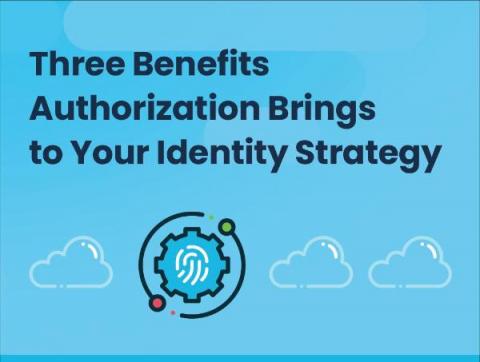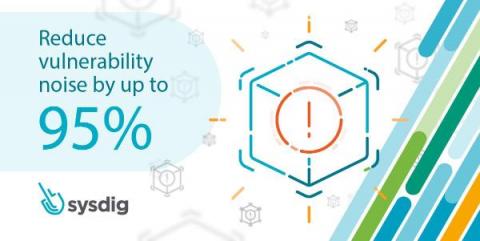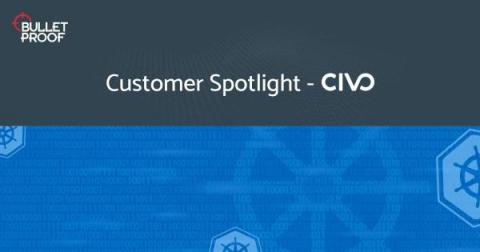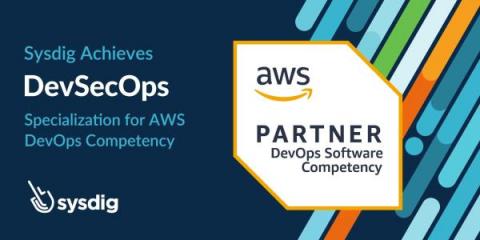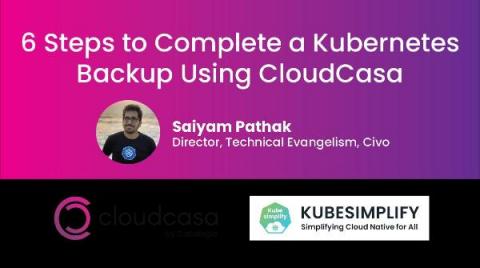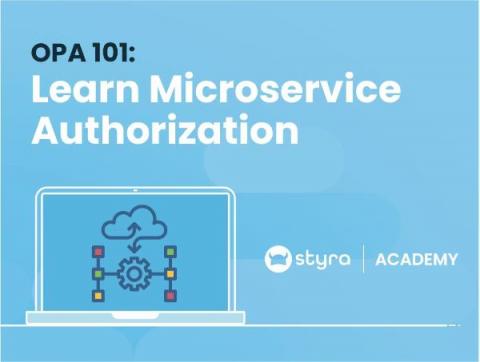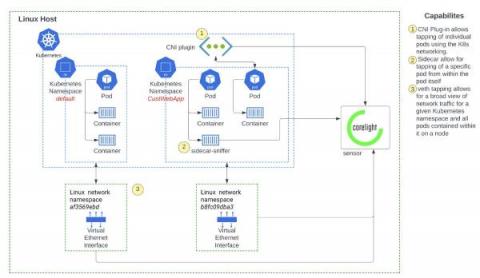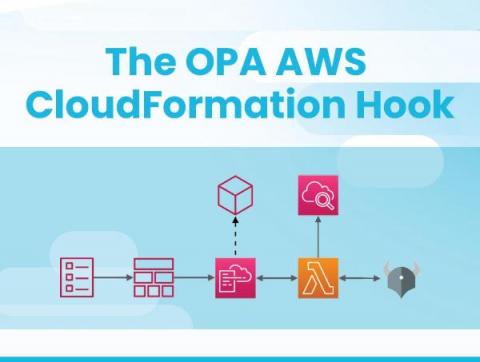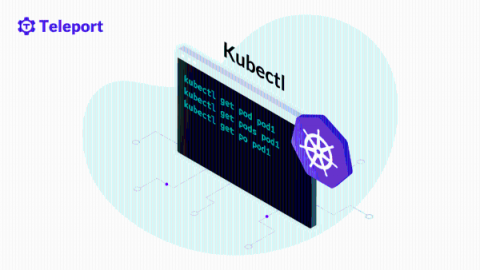Three Benefits Authorization Brings to your Identity Strategy
Organizations today are embracing cloud-native technologies to increase time-to-market, scalability and cost savings. A big part of the cloud-native transition is moving legacy systems and architectures to the cloud. With this comes both complexity and new risks because modern applications are often composed of dozens of microservices, housed in containers and hosted on immutable, dynamically scaling platforms like Kubernetes.


